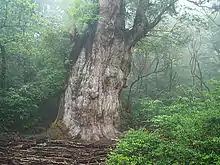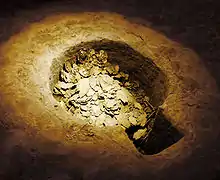List of World Heritage Sites in Eastern Asia
The UNESCO (United Nations Educational, Scientific and Cultural Organization) has designated 99 World Heritage Sites in 5 countries (also called "state parties") of East Asia: China, Mongolia, North Korea, South Korea and Japan.[1][2]
In this region, China is home to the most inscribed sites with number of 55.[3] The first sites from the region (and only sites designated in the 1980s or before) were the Great Wall of China, Mount Tai, the Peking Man Site at Zhoukoudian, Imperial Palace of the Ming and Qing Dynasties, the Mogao Caves and the Mausoleum of the First Qin Emperor, and all of them were in China.[4] Each year, UNESCO's World Heritage Committee may inscribe new sites on the list, or delist sites that no longer meet the criteria. Selection is based on ten criteria: six for cultural heritage (i–vi) and four for natural heritage (vii–x).[5] Some sites, designated "mixed sites," represent both cultural and natural heritage. In Eastern Asia, there are 74 cultural, 21 natural, and four mixed sites.[6]
The World Heritage Committee may also specify that a site is endangered, citing "conditions which threaten the very characteristics for which a property was inscribed on the World Heritage List." In this region there are no sites currently listed as endangered, nor have been listed previously. Possible danger listing has been considered by UNESCO in a number of other cases.[7]
Although a number of sites in Taiwan have been proposed, political considerations have prevented any site on the island from being listed. The United Nations considers Taiwan to be a territory of the People's Republic of China; any World Heritage Site in Taiwan would be the responsibility of the PRC, which does not have any de facto authority over the island. The PRC actively interferes with any proposal to list a site in Taiwan.[8]
Legend
- Site; named after the World Heritage Committee's official designation[6]
- Location; at city, regional, or provincial level and geocoordinates
- Criteria; as defined by the World Heritage Committee[5]
- Area; in hectares and acres. If available, the size of the buffer zone has been noted as well. A value of zero implies that no data has been published by UNESCO
- Year; during which the site was inscribed to the World Heritage List
- Description; brief information about the site, including reasons for qualifying as an endangered site, if applicable
World Heritage Sites
Performance of East Asia in UNESCO
The performance of Southeast Asia is contrasted by the performance of South and East Asia. Eastern Asian countries are noted with 'EA'.
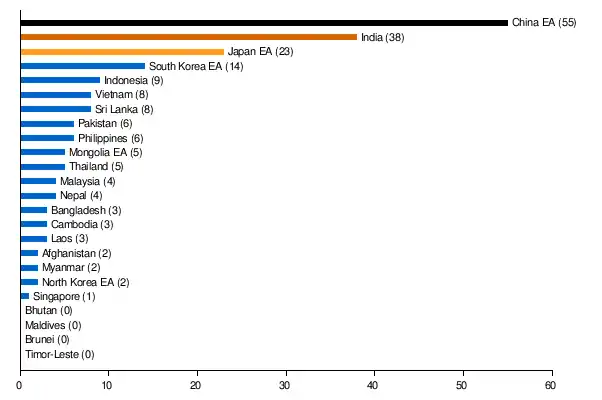
Notes
- Extended in 2000 to include the Great Wave Pavilion, the Lion Grove Garden, the Garden of Cultivation, the Couple's Retreat Garden, and the Retreat & Reflection Garden.
- Extended in 2000 to include the Jokhang Temple and in 2001 to include the Norbulingka area. Accordingly the name of the site changed from Potala Palace at time of first inscription over Potala Palace and the Jokhang Temple Monastery in 2000 to the present name in 2001.
- Extended in 2004 to include the Mukden Palace and name change from Imperial Palace of the Ming and Qing Dynasties to the present name.
- Extended in 2003 to include the Ming Dynasty Tombs, the Ming Xiaoling Mausoleum and the tombs of Chang Yuchun, Qiu Cheng, Wu Liang, Wu Zhen, Xu Da and Li Wenzhong; and in 2004 to include the Liaoning Tombs (Yongling, Fuling and Zhaoling).
- Minor modification of boundaries in 2010.
- Minor modification in 2010.
References
- "Number of World Heritage Properties by region". UNESCO. Retrieved 10 September 2011.
- "Composition of macro geographical (continental) regions, geographical sub-regions, and selected economic and other groupings". Geographical region and composition of each region. United Nations Statistics Division. 2010. Retrieved 20 October 2011.
- "World Heritage List in China". UNESCO. Retrieved 23 August 2016.
- "Number of World Heritage properties inscribed each Year". UNESCO. Retrieved 8 September 2011.
- "The Criteria for Selection". UNESCO. Retrieved 10 September 2011.
- "World Heritage List Nominations". UNESCO. Retrieved 28 May 2010.
- "World Heritage in Danger". UNESCO. Retrieved 28 May 2010.
- Taipei Times
- "Ancient Building Complex in the Wudang Mountains". UNESCO. Retrieved 17 Aug 2011.
- "Ancient City of Ping Yao". UNESCO. Retrieved 17 Aug 2011.
- "Ancient Villages in Southern Anhui – Xidi and Hongcun". UNESCO. Retrieved 17 Aug 2011.
- "Archaeological Ruins of Liangzhu City". UNESCO. Retrieved 11 Jul 2019.
- "Buddhist Monuments in the Horyu-ji Area". UNESCO. Retrieved 17 Aug 2011.
- "Capital Cities and Tombs of the Ancient Koguryo Kingdom". UNESCO. Retrieved 17 Aug 2011.
- "Changdeokgung Palace Complex". UNESCO. Retrieved 17 Aug 2011.
- "Chengjiang Fossil Site". UNESCO. Retrieved 9 Jul 2012.
- "China Danxia". UNESCO. Retrieved 4 Aug 2013.
- "Classical Gardens of Suzhou". UNESCO. Retrieved 17 Aug 2011.
- "Complex of Koguryo Tombs". UNESCO. Retrieved 17 Aug 2011.
- "Cultural Landscape of Honghe Hani Rice Terraces". UNESCO. Retrieved 16 July 2013.
- "Dazu Rock Carvings". UNESCO. Retrieved 17 Aug 2011.
- "Fanjingshan". UNESCO. Retrieved 4 July 2018.
- "Fujian Tulou". UNESCO. Retrieved 17 Aug 2011.
- "Fujisan, sacred place and source of artistic inspiration". UNESCO. Retrieved 4 Aug 2013.
- "Gochang, Hwasun and Ganghwa Dolmen Sites". UNESCO. Retrieved 17 Aug 2011.
- "Gusuku Sites and Related Properties of the Kingdom of Ryukyu". UNESCO. Retrieved 17 Aug 2011.
- "Gyeongju Historic Areas". UNESCO. Retrieved 17 Aug 2011.
- "Haeinsa Temple Janggyeong Panjeon, the Depositories for the Tripitaka Koreana Woodblocks". UNESCO. Retrieved 17 Aug 2011.
- "Hidden Christian Sites in the Nagasaki Region". UNESCO. Retrieved 30 Jun 2018.
- "Himeji-jo". UNESCO. Retrieved 17 Aug 2011.
- "Hiraizumi – Temples, Gardens and Archaeological Sites Representing the Buddhist Pure Land". UNESCO. Retrieved 17 Aug 2011.
- "Hiroshima Peace Memorial (Genbaku Dome)". UNESCO. Retrieved 17 Aug 2011.
- "Historic Centre of Macao". UNESCO. Retrieved 17 Aug 2011.
- "Historic Ensemble of the Potala Palace, Lhasa". UNESCO. Retrieved 17 Aug 2011.
- "Decision – 24COM X.C.2 – The Potala Palace and the Jokhang Temple Monastery, Lhasa (China)". UNESCO. Retrieved 17 Aug 2011.
- "Decision – 25COM X.B – Historic Ensemble of the Potala Palace, Lhasa [Extension to include the Norbulingka area] (China)". UNESCO. Retrieved 17 Aug 2011.
- "Historic Monuments and Sites in Kaesong". UNESCO. Retrieved 4 Aug 2013.
- "Historic Monuments of Ancient Kyoto (Kyoto, Uji and Otsu Cities)". UNESCO. Retrieved 17 Aug 2011.
- "Historic Monuments of Ancient Nara". UNESCO. Retrieved 17 Aug 2011.
- "Historic Monuments of Dengfeng in "The Centre of Heaven and Earth"". UNESCO. Retrieved 11 Nov 2017.
- "Historic Villages of Korea: Hahoe and Yangdong". UNESCO. Retrieved 17 Aug 2011.
- "Historic Villages of Shirakawa-go and Gokayama". UNESCO. Retrieved 17 Aug 2011.
- "Huanglong Scenic and Historic Interest Area". UNESCO. Retrieved 17 Aug 2011.
- "Hwaseong Fortress". UNESCO. Retrieved 17 Aug 2011.
- "Imperial Palaces of the Ming and Qing Dynasties in Beijing and Shenyang". UNESCO. Retrieved 17 Aug 2011.
- "Imperial Tombs of the Ming and Qing Dynasties". UNESCO. Retrieved 17 Aug 2011.
- "DECISIONS ADOPTED BY THE 27TH SESSION OF THE WORLD HERITAGE COMMITTEE IN 2003". UNESCO. Retrieved 17 Aug 2011.
- "Decision – 28COM 14B.31 – Extension of Properties Inscribed on the World Heritage List (Imperial Tombs of the Ming and Qing Dynasties)". UNESCO. Retrieved 17 Aug 2011.
- "Itsukushima Shinto Shrine". UNESCO. Retrieved 17 Aug 2011.
- "Iwami Ginzan Silver Mine and its Cultural Landscape". UNESCO. Retrieved 17 Aug 2011.
- "Decision – 34COM 8B.53 – Cultural Properties – Examination of minor boundary modifications – Iwami Ginzan Silver Mine and its Cultural Landscape (Japan)". UNESCO. Retrieved 17 Aug 2011.
- "Jeju Volcanic Island and Lava Tubes". UNESCO. Retrieved 17 Aug 2011.
- "Jiuzhaigou Valley Scenic and Historic Interest Area". UNESCO. Retrieved 17 Aug 2011.
- "Jongmyo Shrine". UNESCO. Retrieved 17 Aug 2011.
- "Kaiping Diaolou and Villages". UNESCO. Retrieved 17 Aug 2011.
- "Longmen Grottoes". UNESCO. Retrieved 17 Aug 2011.
- "Lushan National Park". UNESCO. Retrieved 17 Aug 2011.
- "Mausoleum of the First Qin Emperor". UNESCO. Retrieved 17 Aug 2011.
- "Migratory Bird Sanctuaries along the Coast of Yellow Sea-Bohai Gulf of China (Phase I)". UNESCO. Retrieved 11 Jul 2019.
- "Mogao Caves". UNESCO. Retrieved 17 Aug 2011.
- "Mountain Resort and its Outlying Temples, Chengde". UNESCO. Retrieved 17 Aug 2011.
- "Mount Emei Scenic Area, including Leshan Giant Buddha Scenic Area". UNESCO. Retrieved 17 Aug 2011.
- "Mount Huangshan". UNESCO. Retrieved 17 Aug 2011.
- "Mount Qingcheng and the Dujiangyan Irrigation System". UNESCO. Retrieved 17 Aug 2011.
- "Mount Sanqingshan National Park". UNESCO. Retrieved 17 Aug 2011.
- "Mount Taishan". UNESCO. Retrieved 17 Aug 2011.
- "Mount Wutai". UNESCO. Retrieved 17 Aug 2011.
- "Mount Wuyi". UNESCO. Retrieved 17 Aug 2011.
- "Mozu-Furuichi Kofun Group: Mounded Tombs of Ancient Japan". UNESCO. Retrieved 11 Jul 2019.
- "Ogasawara Islands". UNESCO. Retrieved 7 Dec 2011.
- "Old Town of Lijiang". UNESCO. Retrieved 17 Aug 2011.
- "Orkhon Valley Cultural Landscape". UNESCO. Retrieved 17 Aug 2011.
- "Peking Man Site at Zhoukoudian". UNESCO. Retrieved 17 Aug 2011.
- "Petroglyphic Complexes of the Mongolian Altai". UNESCO. Retrieved 7 Dec 2011.
- "Royal Tombs of the Joseon Dynasty". UNESCO. Retrieved 17 Aug 2011.
- "Sacred Sites and Pilgrimage Routes in the Kii Mountain Range". UNESCO. Retrieved 17 Aug 2011.
- "Sansa, Buddhist Mountain Monasteries in Korea". UNESCO. Retrieved 30 June 2018.
- "Seokguram Grotto and Bulguksa Temple". UNESCO. Retrieved 17 Aug 2011.
- "Seowon, Korean Neo-Confucian Academies". UNESCO. Retrieved 11 Jul 2019.
- "Shirakami-Sanchi". UNESCO. Retrieved 17 Aug 2011.
- "Shiretoko National Park". UNESCO. Retrieved 7 Dec 2011.
- "Shrines and Temples of Nikko". UNESCO. Retrieved 17 Aug 2011.
- "Sichuan Giant Panda Sanctuaries". UNESCO. Retrieved 17 Aug 2011.
- "Silk Road". UNESCO. Retrieved 22 June 2014.
- "Site of Xanadu". UNESCO. Retrieved 9 Jul 2012.
- "South China Karst". UNESCO. Retrieved 17 Dec 2011.
- "Summer Palace, an Imperial Garden in Beijing". UNESCO. Retrieved 17 Aug 2011.
- "Temple and Cemetery of Confucius and the Kong Family Mansion in Qufu". UNESCO. Retrieved 17 Aug 2011.
- "Temple of Heaven: an Imperial Sacrificial Altar in Beijing". UNESCO. Retrieved 17 Aug 2011.
- "The Architectural Work of Le Corbusier, an Outstanding Contribution to the Modern Movement". UNESCO. Retrieved 23 Aug 2017.
- "The Great Wall". UNESCO. Retrieved 17 Aug 2011.
- "Three Parallel Rivers of Yunnan Protected Areas". UNESCO. Retrieved 17 Aug 2011.
- "Decision – 34COM 8B.44 – Natural Properties – Examination of minor boundary modifications – Three Parallel Rivers of Yunnan Protected Areas (China)". UNESCO. Retrieved 17 Aug 2011.
- "Uvs Nuur Basin". UNESCO. Retrieved 20 October 2011.
- "West Lake Cultural Landscape of Hangzhou". UNESCO. Retrieved 17 Dec 2011.
- "Wulingyuan Scenic and Historic Interest Area". UNESCO. Retrieved 17 Aug 2011.
- "Xinjiang Tianshan". UNESCO. Retrieved 16 July 2013.
- "Yakushima". UNESCO. Retrieved 17 Aug 2011.
- "Yin Xu". UNESCO. Retrieved 17 Aug 2011.
- "Yungang Grottoes". UNESCO. Retrieved 17 Aug 2011.

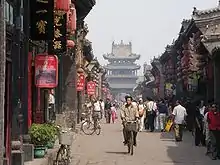
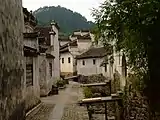
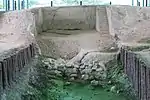
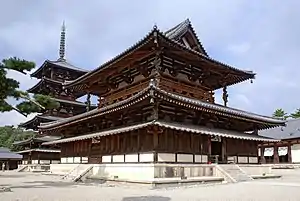
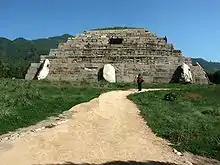

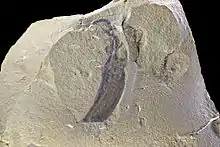
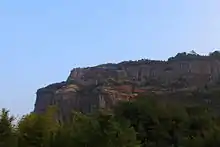
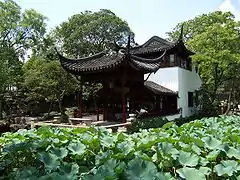
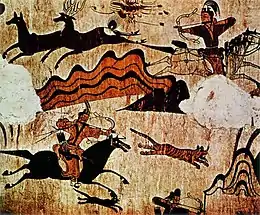

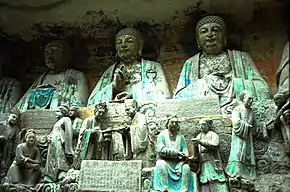

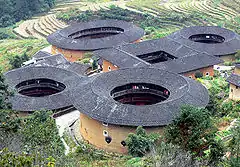
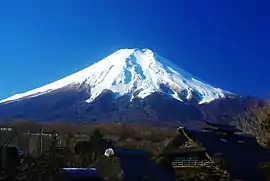
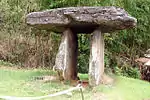

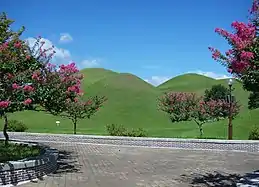


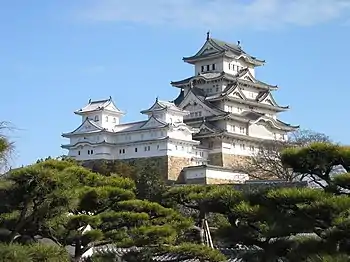
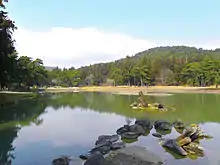


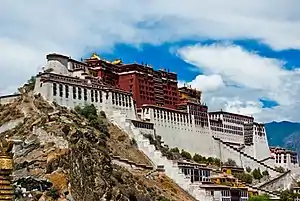

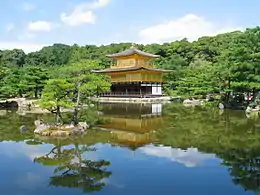
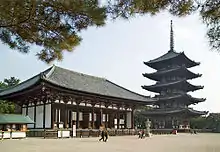


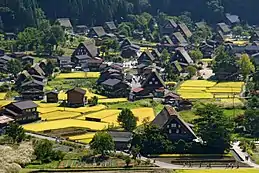
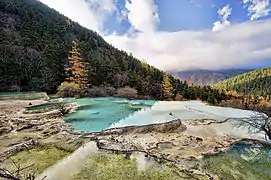
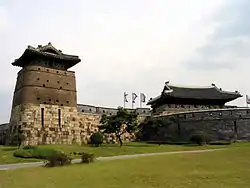

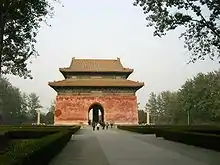
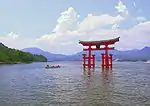

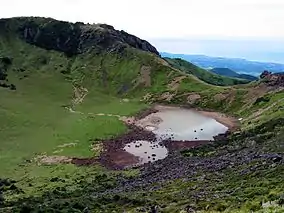

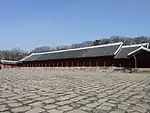

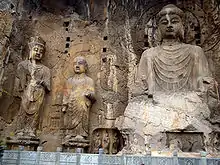
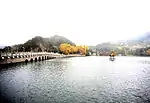

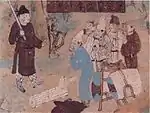
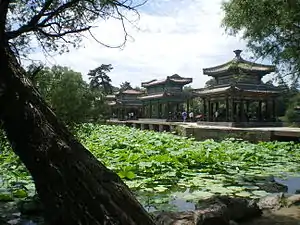
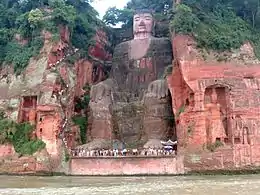

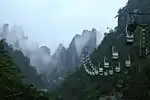


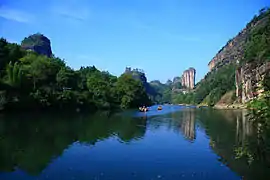
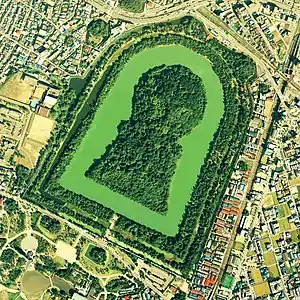
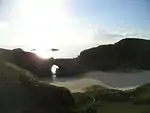

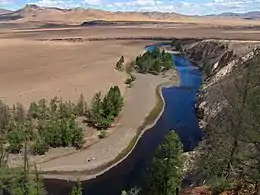


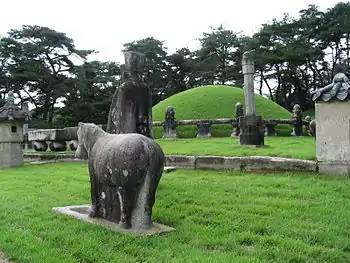
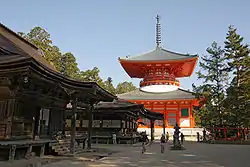

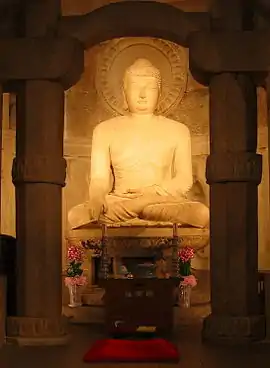
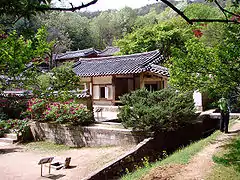


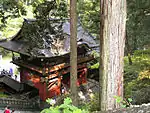
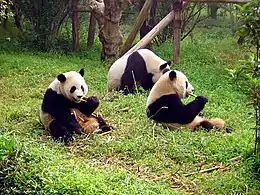
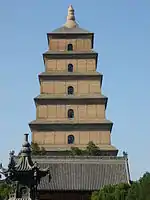

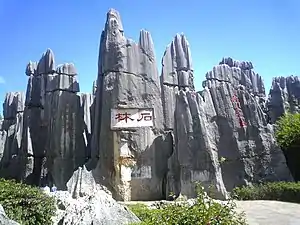


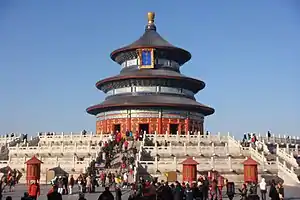
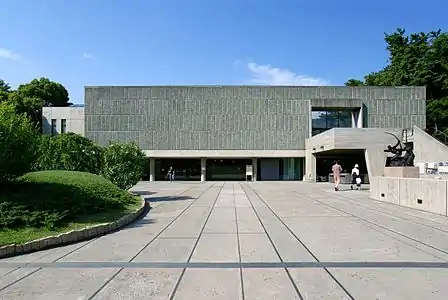
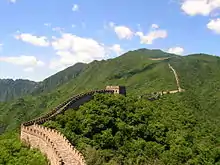

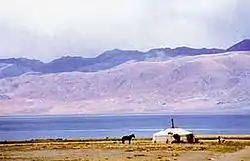
.jpg.webp)

.jpg.webp)
